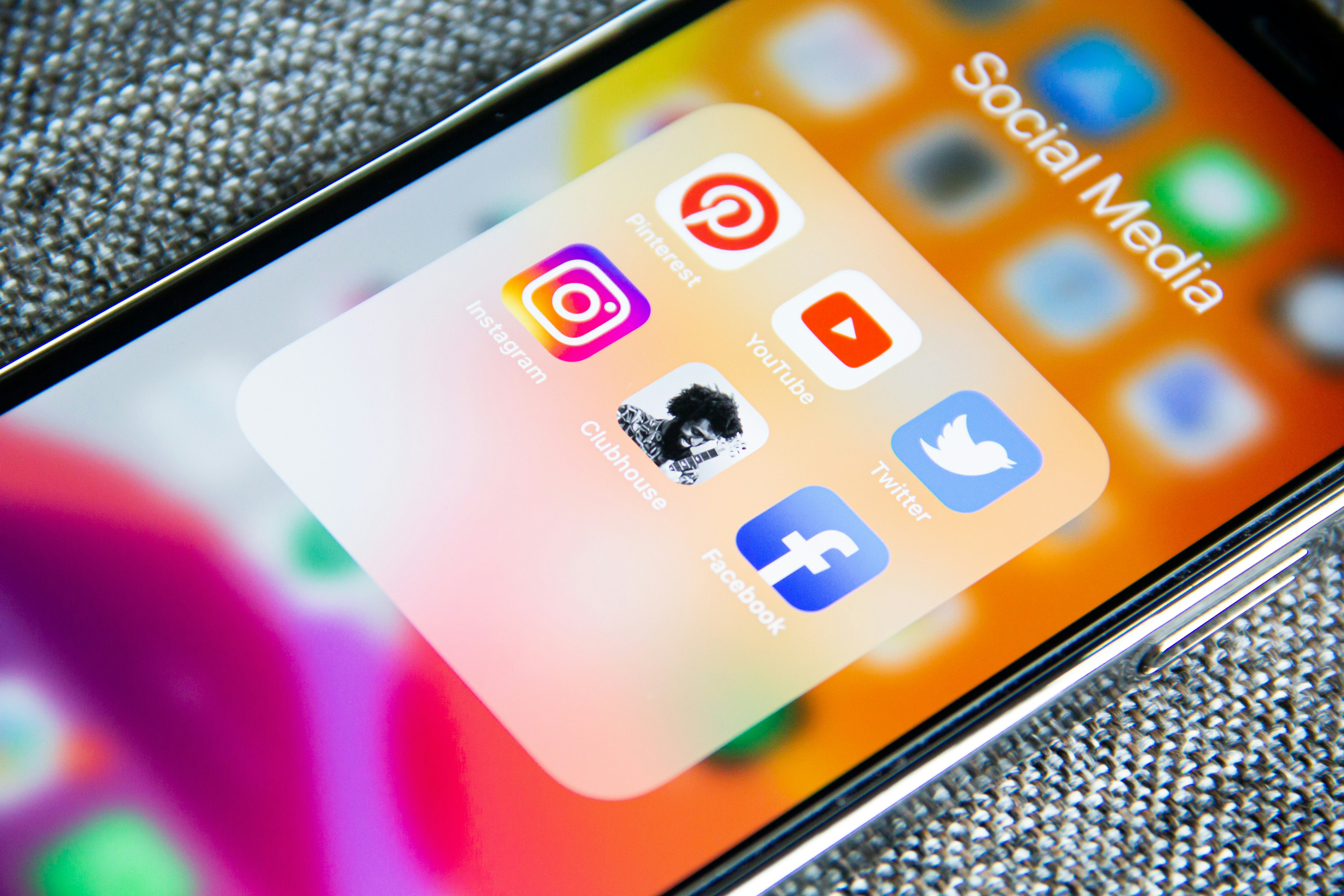
Xiaohongshu: US TikTok Users' New Destination Amidst Ban
One: The TikTok Ban Wave: A Microcosm of US-China Tech Competition
Recently, the American political sphere has unleashed a "TikTok ban storm", reflecting the increasingly intense technological competition between the United States and China, and the profound anxiety generated by China's rising technological prowess. This wave is not merely about the fate of a social media application, but touches upon the future trajectory of bilateral relations.
TikTok's success in the United States is undeniable. With its unique short-video format and precise algorithmic recommendations, it quickly captured the hearts of young American users, becoming a cultural phenomenon. However, TikTok's Chinese origins made it particularly sensitive in the American political context. Some American politicians began using "national security" as a pretext, accusing TikTok of collecting user data and transmitting it to the Chinese government, attempting to link it with ideological export and espionage activities.
These allegations, lacking solid evidence, nonetheless triggered widespread panic in American society. The US government did not hesitate to use administrative measures, pressuring TikTok to sell its American operations or face a comprehensive ban. TikTok's experience reflects America's vigilance and concern about the rise of Chinese tech enterprises, as well as its hard stance in maintaining its technological hegemony.

Two: American Users' Choice: Xiaohongshu as a "Safe Harbor"
Facing TikTok's potential ban, American users did not remain passive. They began searching for alternative platforms, turning their attention to another Chinese social application - Xiaohongshu.
Xiaohongshu, also called "RedNote" by American users, attracted a large number of American users with its unique community atmosphere and rich multimedia content, becoming an unexpected beneficiary of the TikTok ban wave. It quickly rose to the top of app store download rankings. This user migration phenomenon is intriguing. On one hand, it reflects American users' attachment to TikTok and their resistance to government ban policies. On the other hand, it demonstrates the charm and competitiveness of Chinese social applications in the global market.
Three: Xiaohongshu's Rise: Opportunities and Challenges Coexist
Xiaohongshu's rise is no coincidence. It has captured young users' demand for personalized content and social interaction, building a vibrant and creative community through precise algorithmic recommendations and high-quality content ecology. This model shares similarities with TikTok's success and proves Chinese internet companies' strength in innovation and user experience.
The massive influx of American users brought unprecedented opportunities and challenges for Xiaohongshu. It can accelerate internationalization and expand global market share, while simultaneously facing cultural differences, language barriers, and policy risks.
Opportunities:
- Expand user scale and market share
- Enhance brand recognition and international influence
- Learn from international experiences and improve products
Challenges:
- Cultural and language barriers
- Content moderation and policy risks
- Competitive pressure from global tech giants

Four: Xiaohongshu's International Strategy: Seizing Opportunities and Addressing Challenges
To address these challenges, Xiaohongshu needs a clear internationalization strategy:
- Localize products and services
- Strengthen content review mechanisms
- Collaborate with local partners
- Continuously innovate and enhance user experience
Five: US-China Tech Competition: Anxiety and Containment
The experiences of TikTok and Xiaohongshu represent just a glimpse of US-China tech competition. As China's technological strength rapidly increases, US containment and suppression have intensified, escalating from trade wars to technology wars.
Six: Win-Win Cooperation: The Future Direction of US-China Tech Relations
Tech competition between the US and China is a critical issue with far-reaching implications. Managing differences, avoiding conflicts, and seeking cooperation are key challenges. Both countries have spaces for both competition and collaboration, particularly in areas like AI, biotechnology, and clean energy.

By embracing rational dialogue and pragmatic cooperation, the two nations can construct a new framework of healthy competition and mutual benefit, contributing to a shared human destiny.